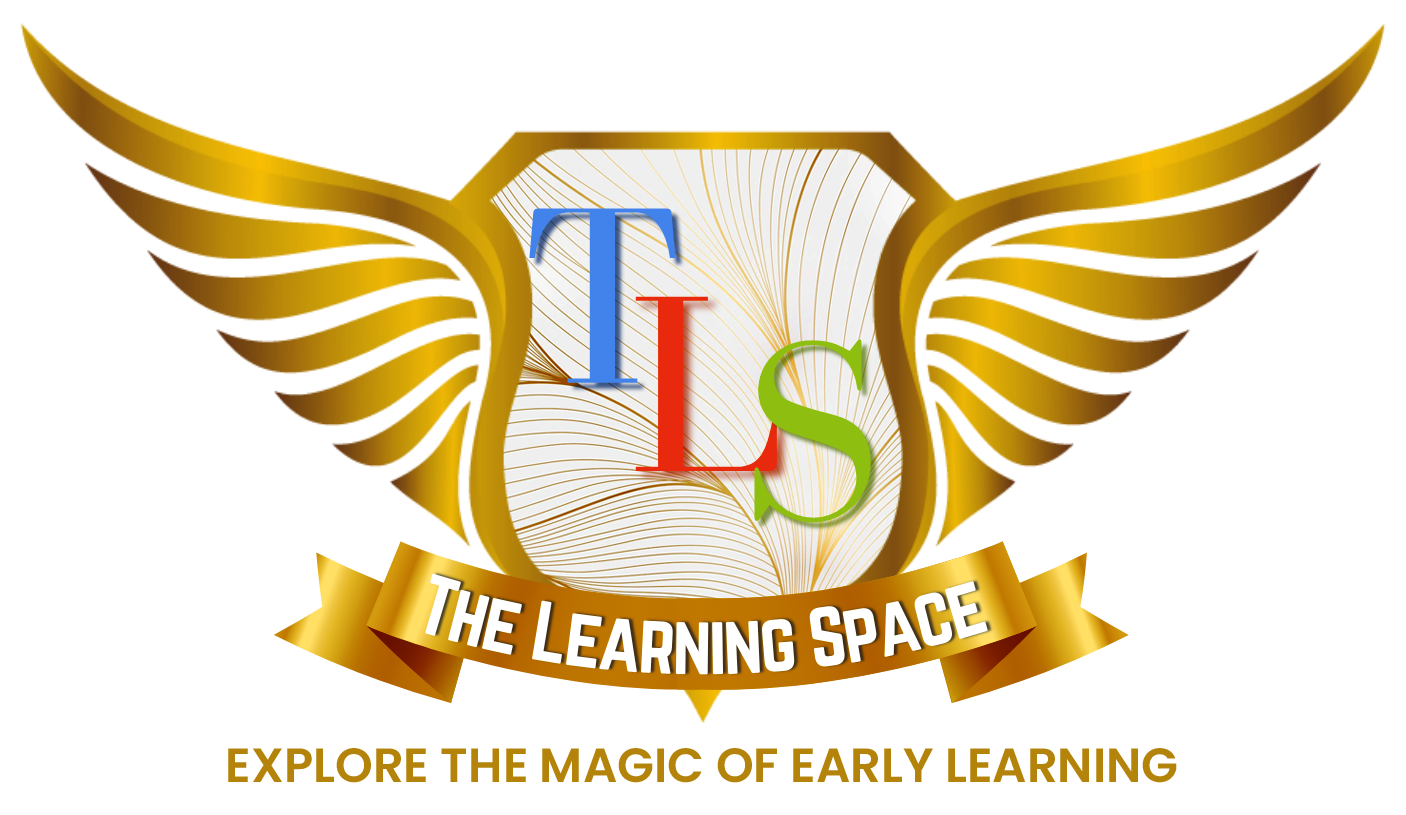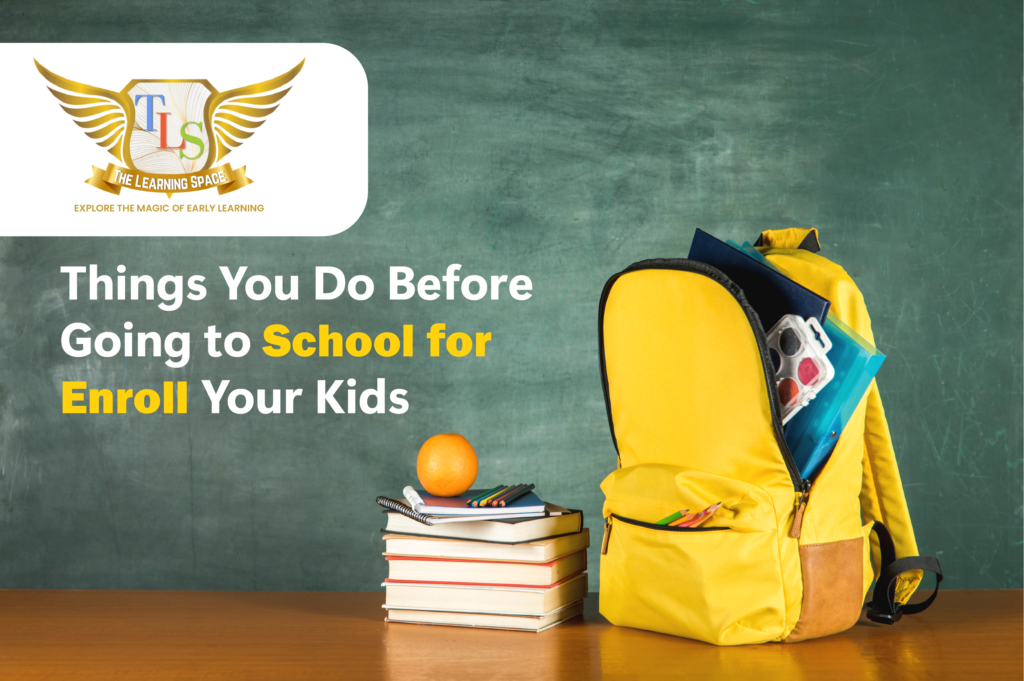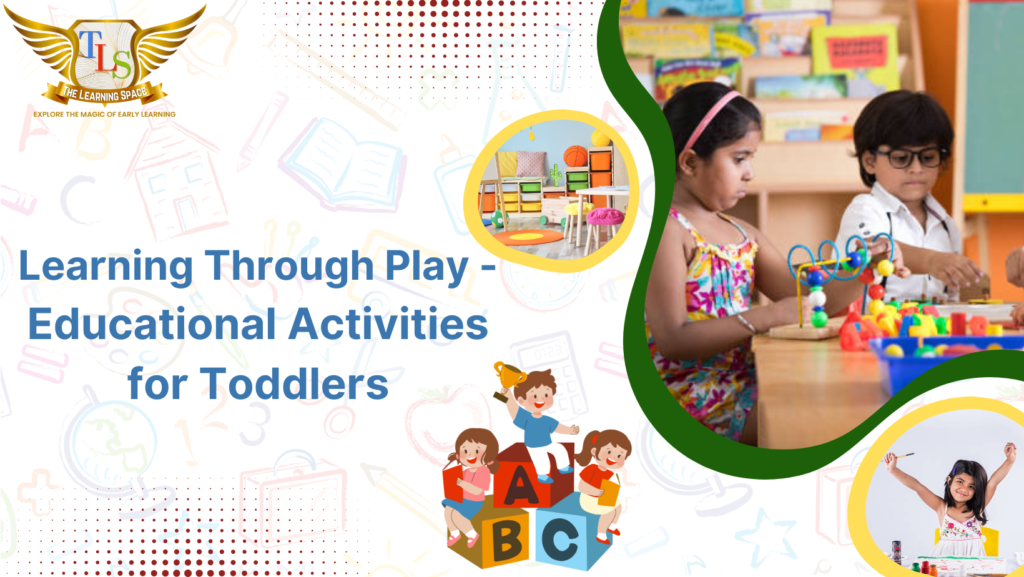Language enables children to comprehend the world, communicate effectively, and vocalize their ideas. One of the enjoyable and simple methods of enhancing early education is teaching opposite words to kids. The basic word pairings are very important to preschool education.
From saying “big” and “small” to understanding “hot” and “cold,” learning opposites helps children grow their language and thinking skills. In this blog, we’ll explore how important opposite words for nursery class and UKG kids, and how parents and teachers can make learning fun and easy.
What Are Opposite Words?
Opposite words are words that mean something else. Like “up” and “down” or “open” and “closed.” They assist children in comparing two things and comprehending how they differ.
Mastering opposite words in English for children is one of the very early steps in creating a solid vocabulary.
Why Opposite Words Are Important for Children?
Opposites are not merely vocabulary. They make children better thinkers and give them an idea of how things operate. When a child learns “tall,” then he or she can comprehend “short” as well.
Learning opposites for children enhances their skill to observe, compare, and state feelings or actions. It’s also an excellent means to make them better listeners—like “don’t push, pull the door open!
Whether you’re teaching opposite words for a nursery class or working with a kindergartener, Opposites for kids are a great way to boost brain power and communication.
Best Strategies to Teach Opposite Words to Kids
Children learn best when learning feels like play. These strategies are fun, simple, and work well for teaching opposite words for UKG and nursery kids.
Interactive Games
Activities like “Simon Says” with opposites such as “stand up” and “sit down” are excellent for movement and memory.
Flashcards
Utilise kindergarten opposite words with images to assist children in connecting the word with its concept. Having a happy face beside a sad face helps them learn quickly.
Matching Games
Create easy match-the-opposite games. Encourage children to match words or images, such as “hard” and “soft” or “full” and “empty.”
Storytelling
Tales with antonyms teach children through characters. Example: “Rita cried when it rained but smiled when the sun shone.
Songs & Dance
Listen to songs that feature pairs of opposites. Have children dance to movements such as “fast” and “slow” or “open” and “shut.” It makes studying fun and exciting.
Outdoor Learning
Demonstrate real-life opposites such as “up/down” on a slide, “day/night” by observing the sky, or “hot/cold” by touch. It makes opposite words come alive for children.
Advantages of Teaching Opposite Words to Children
Opposite words for nursery class or UKG children are helpful in several aspects of child development, not only language. The following are some of the main advantages:
Cognitive Development
When children learn to identify opposites, they ponder more. It enhances problem-solving and comparison skills. For instance, selecting either a full or an empty cup enhances thinking.
Language Skills Enhancement
Identifying opposites enables children to construct longer and more accurate sentences. For instance, instead of uttering “not big,” they use “small.” This establishes good language skills.
Concept Comprehension
Most of life’s ideas are founded upon opposites, such as hot/cold, clean/dirty, or day/night. The opposite word for children to learn assists kids in adhering to rules and instructions more effectively.
Vocabulary Development
Every opposite set provides children with two new words. That’s twice the learning! In the long run, they get bolder in speaking, reading, and writing
Some Opposites Words to Learn for Kids
Here’s a table of 15 simple opposite words in English for children. These are ideal for classroom teaching or home teaching. You can make these flashcards or highlight them in real life
| Word | Opposite |
| Hot | Cold |
| Big | Small |
| Fast | Slow |
| Happy | Sad |
| Up | Down |
| Day | Night |
| In | Out |
| Open | Closed |
| Full | Empty |
| Hard | Soft |
| Light | Dark |
| Old | Young |
| Rich | Poor |
| Tall | Short |
| Clean | Dirty |
These are great examples for teaching opposite words for UKG and nursery class students.
How to Use These Words Every Day
You don’t have to sit down and “teach” constantly. Take advantage of everyday opportunities to speak opposing words out loud:
- At bath time: “The water is hot, now it’s cold!”
- While playing outside: “The slide goes up and down.”
- At lunch: “The cup is full, now it’s empty!”
- When getting dressed up: “Let’s open the buttons. Now let’s close them.
When you talk naturally, children learn quicker. That’s why opposite words for UKG students best suit them when they are a part of their everyday life.
Conclusion
Learning opposite words for children is enjoyable, effortless, and extremely beneficial for their development. Regardless of whether you’re a teacher or a parent, you can learn these words simply through simple games, songs, and everyday situations without feeling stressed.
Learning opposite words for children is enjoyable, effortless, and extremely beneficial for their development. Regardless of whether you’re a teacher or a parent, you can learn these words simply through simple games, songs, and everyday situations without feeling stressed.
English opposite words for children build a foundation in speaking, comprehension, and thinking. They are ideal for nursery class, UKG, and kindergarten students.
So begin now. Take the words they already know and make them powerful learning tools. Opposites aren’t words—they’re doors to wiser thinking and more effective talking.
FAQ’s of Importance of Opposite words for kids
At what age do I begin teaching opposite words to my child?
You can begin teaching basic opposites to children at 2 years old. You can begin with simple ones like “up” and “down” or “hot” and “cold” using common objects and actions
How do I make learning opposite words fun for my child?
Make use of kindergarten opposite words with images, sing songs, and demonstrate actions. Children learn more when they are playing, moving, and laughing.
How do you teach opposite words to children?
Keep it simple. Demonstrate both things, such as a full glass and an empty glass. Say the two words aloud, and have them demonstrate, touch, or see the difference.


